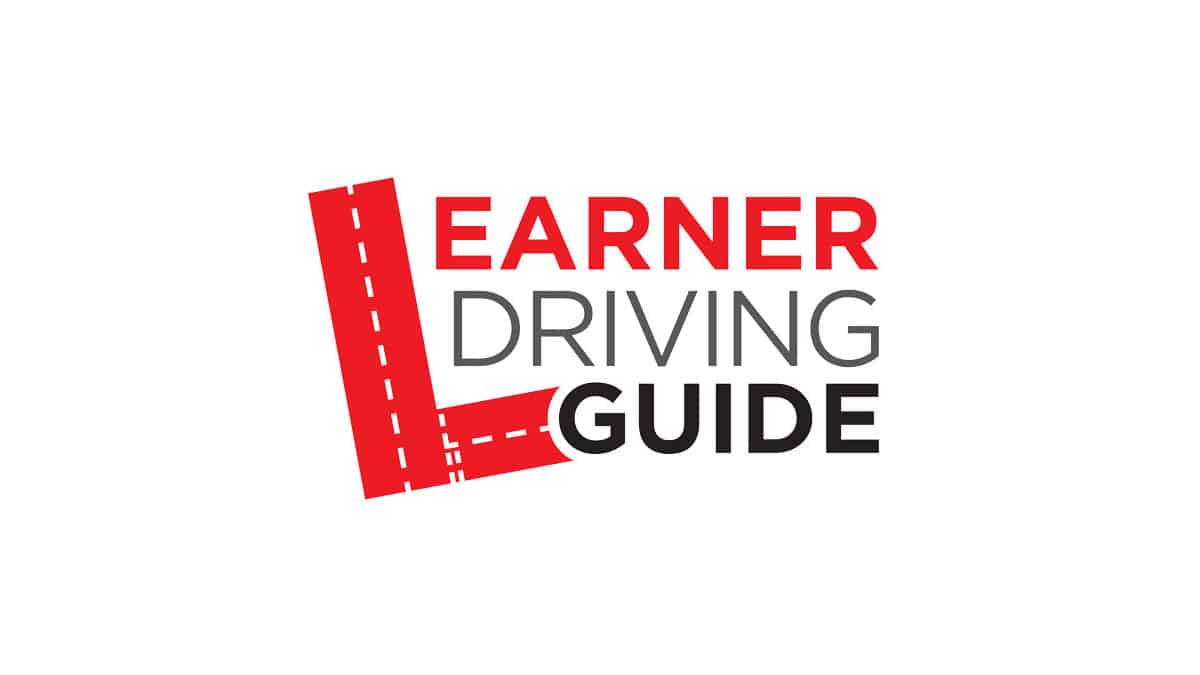In this article you will learn all about the DVLA Vehicle Tax, MOT and Insurance.
Whether you’ve bought a new or used vehicle, or are using the car of a friend or relative, you’ll be responsible for making sure the vehicle is taxed, road-worthy and insured.
The Driver and Vehicle Licensing Agency (DVLA) is the Government organisation responsible for maintaining a database of drivers and vehicles for the entire United Kingdom. It is your responsibility to make sure the DVLA has all your up-to-date contact and vehicle details.
If you’re registering a vehicle for the first time with the DVLA you will have to pay a fee of £55.00. If you’ve bought the vehicle from a dealer/private seller they will usually do this for you.
Vehicle Tax
Once registered, you will need to tax your vehicle. You will need a reference number from the vehicle log book (V5C) or the green ‘new keeper’ slip from a log book. If you don’t have either of these (nor a reminder letter from the DVLA, a V11) you’ll need to apply to the DVLA for a new log book which costs approximately £25.00.
You might also need your MOT test certificate (it must be valid when the tax starts). Bear in mind it can take up to 2 days for MOT information to be updated, so you might not be able to tax your vehicle straight after it passes the MOT. The first payment of vehicle tax will cover you for 12 months, after which you’ll pay vehicle tax every 6 or 12 months at a different rate.
If you will be driving a diesel car, the rate of vehicle tax may be higher if the vehicle does not meet the Real Driving Emissions 2 (RDE2) standard for nitrogen oxide emissions, the car manufacturer will know this information. If you are driving an electric vehicle or a vehicle powered by an alternative fuel your second tax payment will be cheaper, if not free. There may be an additional charge if your vehicle has a list price of over £40,000.
Even if there is no charge for your vehicle tax, if you’re disabled for example, you will still need to tax your vehicle.
MOT
The MOT (Ministry of Transport) test checks that your vehicle meets road safety and environmental standards. It involves checks on your vehicle, ranging from the brakes and fuel system to lights, mirrors, seatbelts, windscreen wipers and exhaust system. It doesn’t test the condition of the engine, clutch nor the gearbox.
Once your vehicle is three years old, you will need to get an MOT every year or face a hefty fine. If you are not sure whether the vehicle you’ll be using has an MOT already or when the next MOT is due, you can check on the DVLA website using the registration number. You can also find out details of previous tests, any failures and the mileage.
To get an MOT, contact any approved MOT test provider – they should display the blue sign with three white triangles. An MOT for a car should cost no more than £54.85; VAT is not chargeable. It is common, but not essential, to get a vehicle service at the same time and many garages will do you a deal on getting the two services at the same time.
If your vehicle passes the MOT, you’ll be given a certificate and this will be recorded by the Government’s database. You may be informed of minor things that need to be improved on the vehicle, but these won’t hinder the overall safety nor environmental impact of the vehicle.
If your vehicle fails the MOT test it is considered dangerous or has a major problem, you will be given a ‘refusal of an MOT test certificate’ from the test centre which will be recorded in the MOT database. You can appeal the result if you think it’s wrong.
You can take your vehicle away if your current MOT certificate is still valid and no ‘dangerous’ problems are listed, otherwise, you’ll need to get it repaired before you can drive or you’ll risk a large fine, a driving ban and/or penalty points on your licence.
After the vehicle’s first MOT, you can get an MOT up to a month (minus a day) before it runs out and keep the same renewal date.
You can sign up for MOT reminders through the DVLA website.
Insurance
To drive in the United Kingdom, you must have motor insurance. It doesn’t matter who is driving the vehicle, the registered keeper is responsible.
If you are caught driving without insurance you could get a fixed penalty fine of £300, points on your licence, have your vehicle wheel-clamped, impounded or destroyed and/or face a court prosecution, with a possible maximum fine of £1,000.
The legal minimum is third party insurance – this means you’re covered if you have an accident; causing damage or injury to any other person, vehicle, animal or property. It won’t cover any other costs, such as repair of your vehicle. Some people use a broker to get a good deal on vehicle insurance.
If you drive abroad check in advance whether your motor insurance covers you adequately.
If you have an accident, causing damage or injury, you will need to give your name, address and vehicle registration number. Report the accident to the police within 24 hours if you do not give your details at the time of the accident or if the other party is not insured. You will need to report the accident to your insurance company, even if you’re not planning on making a claim.
The golden rules are:
– Keep the DVLA updated – for example, if you move home.
– Keep your paperwork – MOT certificates, log book, insurance and registration documents etc.
– Make sure your MOT, insurance and vehicle tax are all regularly paid up to date; set reminders for yourself to do this.




